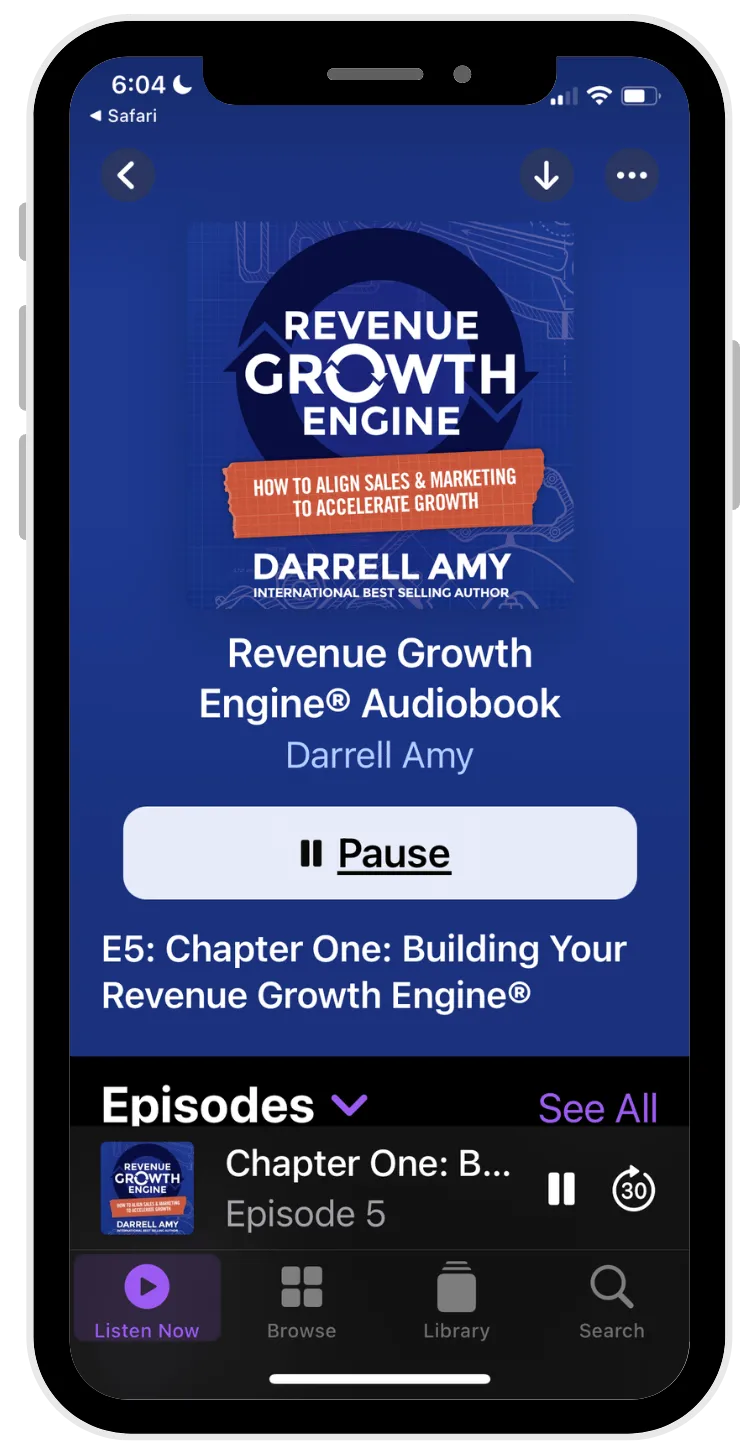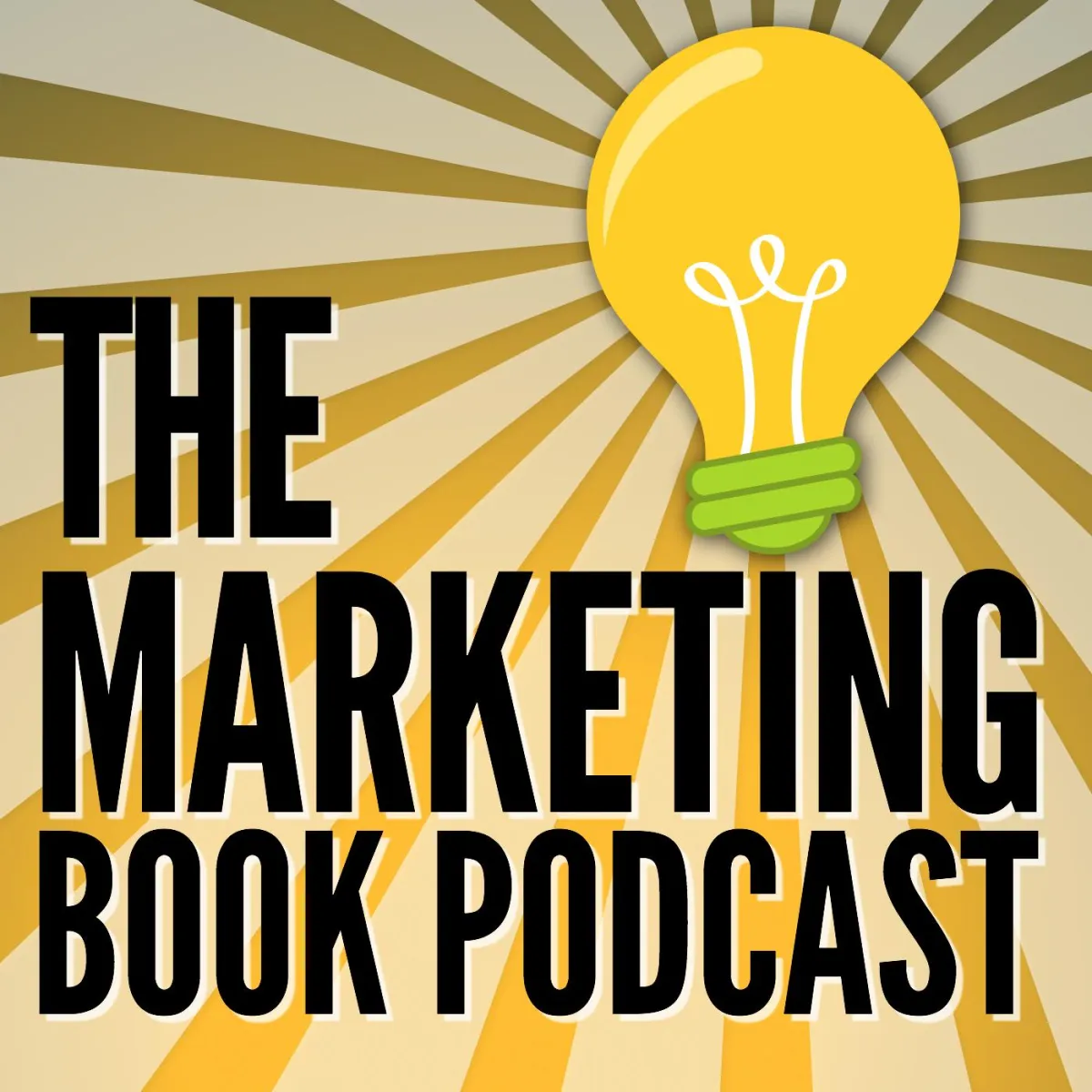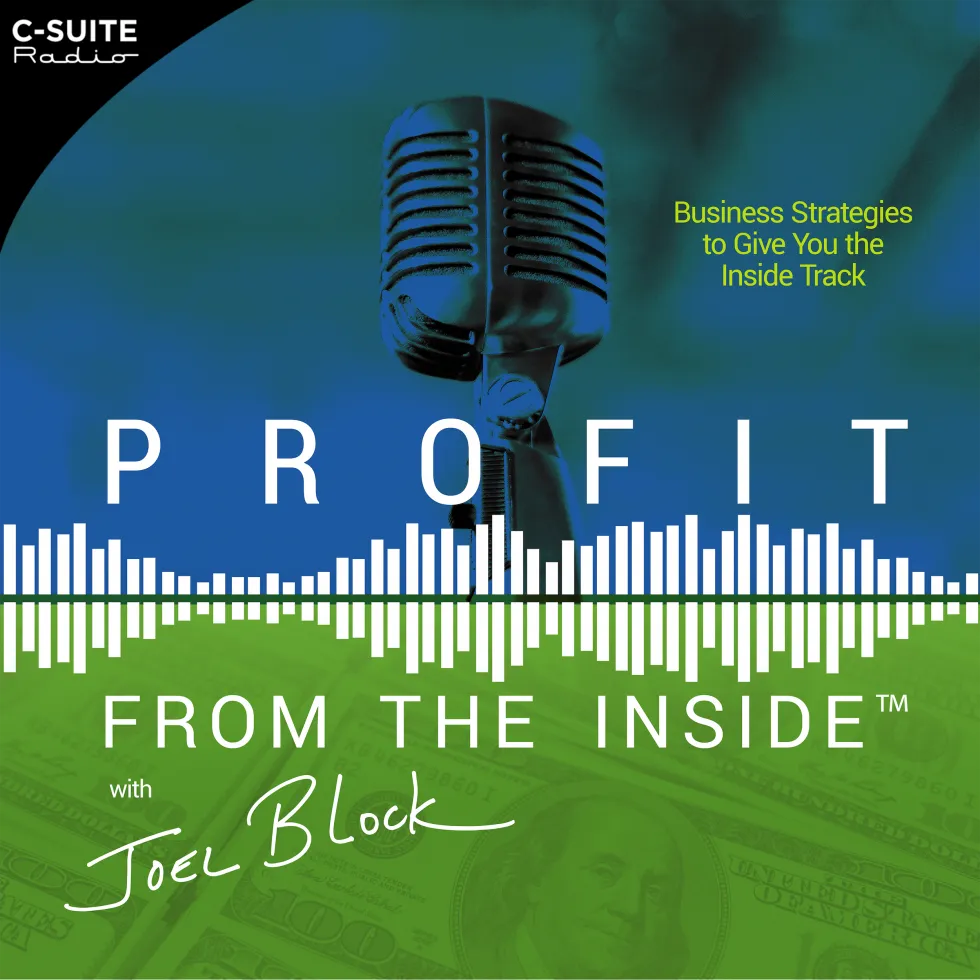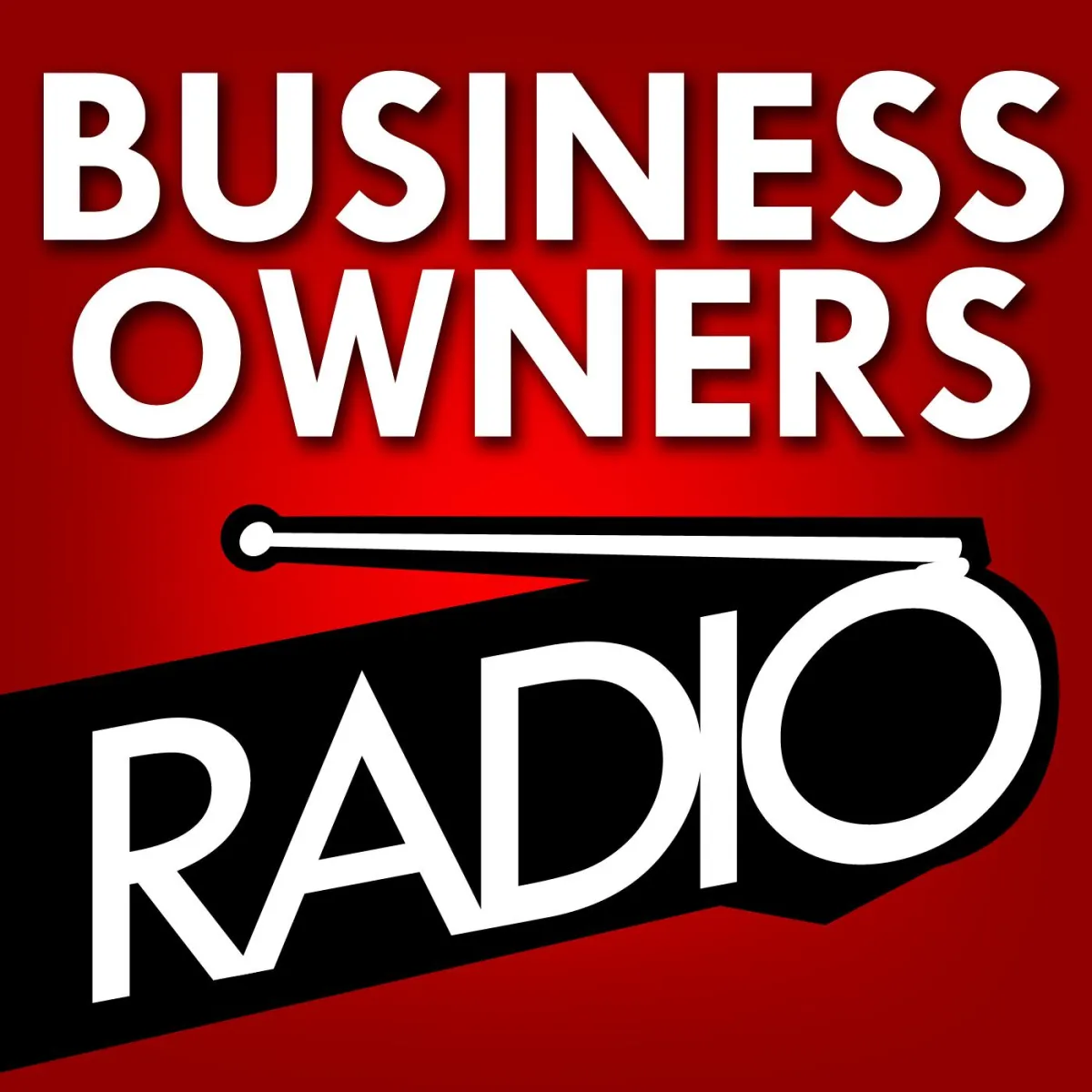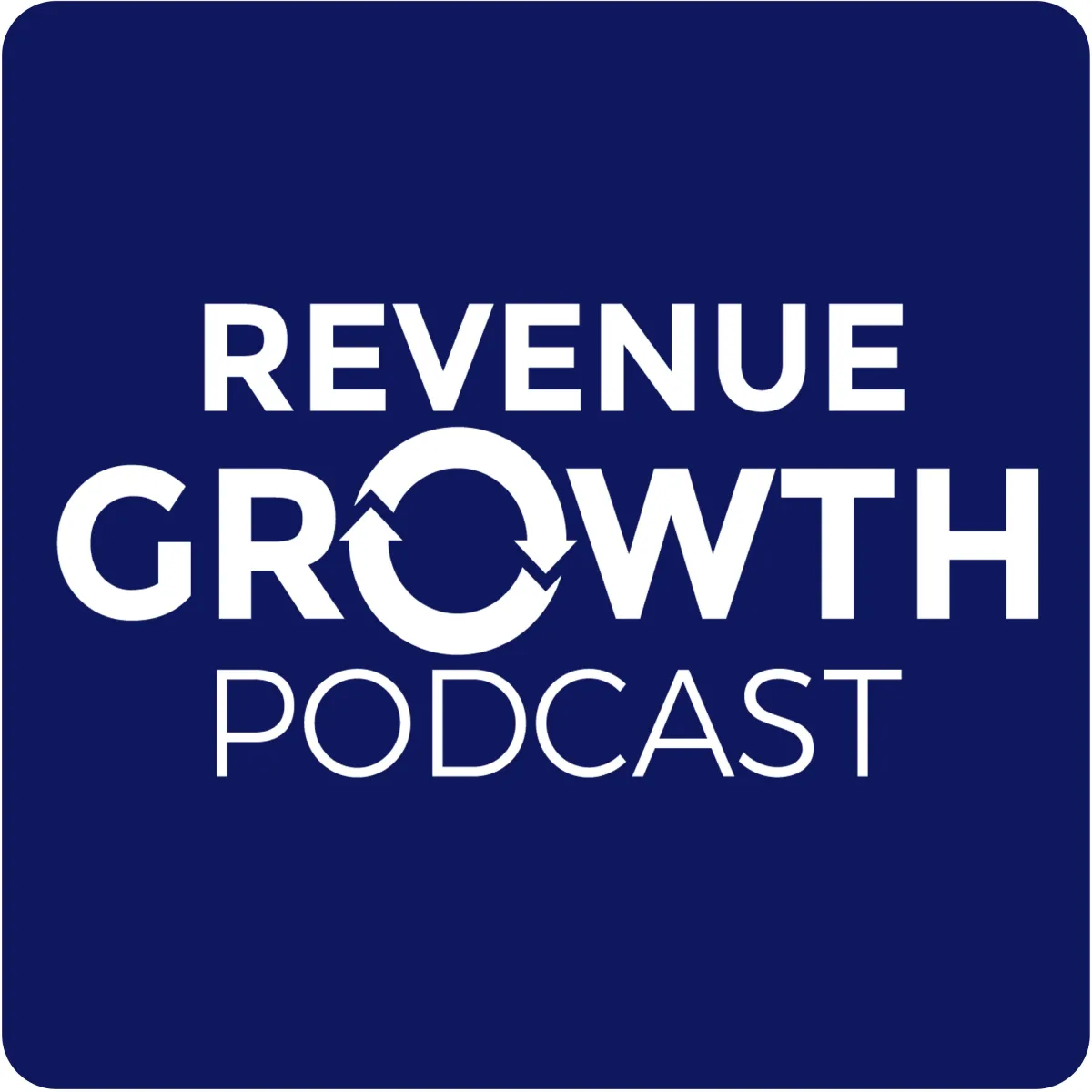Join Darrell Amy for the One Ideal Client Away Challenge,
April 10-14
www.oneidealclientaway.com
VISIONARIES AND INTEGRATORS
DISCOVER HOW TO ACCELERATE GROWTH
Learn how to build a powerful engine to drive exponential revenue growth.



REMOVE
BARRIERS TO GROWTH
Get the six barriers to revenue growth out of the way so you can accelerate.

DESIGN
YOUR ENGINE
2-day Revenue Growth Engine Design Workshop

ACCELERATE
YOUR GROWTH
Mentorship program to implement a high-performance growth engine.

IDENTIFY
YOUR BARRIERS TO GROWTH
If you feel stuck:
Like there is a glass ceiling of revenue that you just can't seem to break through
After working with thousands of entrepreneurs and executives and talking to hundreds of thought leaders I have identified six common barriers to revenue growth.
In a 20-minute conversation we will get straight to the heart of the matter, identifying your top barriers so you can breakthrough to the next level.
Our Ideal Client Profile
These are the types of companies we specialize in serving.
DESCRIPTION
Established companies with sales-teams that want to grow so they can create meaningful jobs and give to great causes.
DATA
Privately-held companies
Track record of generous giving
Part of a peer group or community of excellence.
DECISION MAKERS
Executive
Owner, Founder, President, CEO
Sales and Marketing Leaders
CRO, CSO, CMO,
VP Sales, VP Marketing
Funding Partner
Private Equity, Venture Capital

BUILD
YOUR REVENUE GROWTH ENGINE
Create a Custom Revenue Growth Engine®
Once you are focused on your Ideal Client now it's time to build a more powerful engine to accelerate growth!
In just two focused days you will create an actionable Plan to to generate immediate results that compound over time
A Powerful Revenue Flywheel that creates unstoppable momentum
Intense Focus on the types of clients or customers that can propel your business forward faster
High-Octane Fuel for your engine in the form of a message that gets attention
Scalable Processes for marketing and sales that drive net-new and cross-sell revenue that allow you to grow
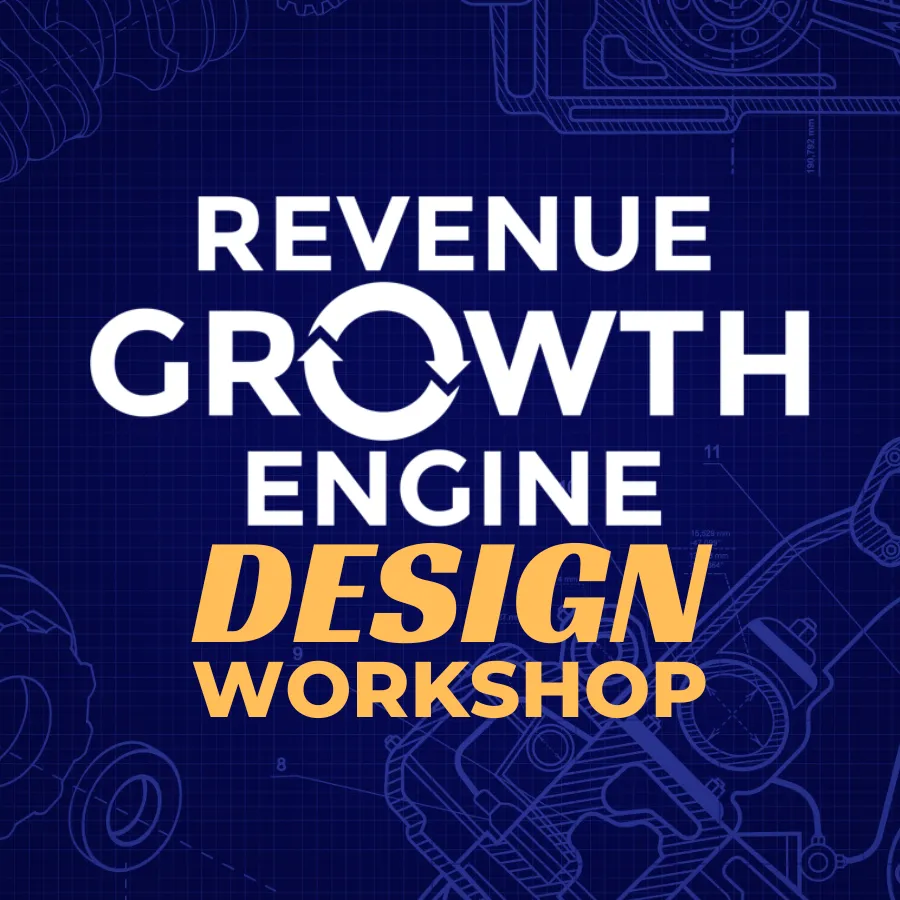

ACCELERATE
YOUR REVENUE GROWTH
Get Your Engine Firing On All Cylinders
Optimize, automate, and document your sales and marketing processes so you can enjoy exponential revenue growth.

If you are a leader at a company with a sales team, schedule your confidential consultation to discover:
The three biggest obstacles to revenue growth and how to remove them.
How other companies are creating Revenue Growth Engines.
Our vision to help purpose-driven companies scale their revenue and impact.
Real World Stories
Hear some real-world stories of companies building their Revenue Growth Engines®.
HOW WE CAN HELP YOU GROW FASTER

REMOVE
BARRIERS TO GROWTH
Get the six barriers to revenue growth out of the way so you can accelerate

DESIGN
YOUR ENGINE
2-day Revenue Growth Engine Design Workshop

ACCELERATE
YOUR GROWTH
Mentorship program to implement a high-performance growth engine
GET TO KNOW
DARRELL AMY
Darrell inspires and equips purpose-driven entrepreneurs to grow revenue so they can give back.
As the co-founder of the non-profit Kingdom Missions Fund, Darrell Amy noticed that the largest donations came from business owners, and he wondered how he could help generous business owners quickly grow revenue so they could give even more.
Darrell’s experience as a leader in sales and marketing has given him a unique perspective on what it takes to grow revenue. Distilling 27 years of experience, Darrell authored Revenue Growth Engine: How To Align Sales & Marketing To Accelerate Growth.
He is a member of the Forbes Business Council and he helps companies maximize growth through sales and marketing alignment. Darrell hosts the Revenue Growth Podcast and co-hosts the Selling From the Heart Podcast. He also volunteers as the executive director of the ManAlive EXPEDITION, an organization that helps men find healing and identity.
When he isn’t helping generous business owners grow their revenue in order to give more, he enjoys the outdoors including sailing, canoeing, and hiking. Darrell, along with his wife Leslie, enjoy spending time with their children and four grandchildren.

My BHAG
Help 10,000 businesses double revenue to generate $10 billion in new giving.
MAKE IT AN ADVENTURE!
TAKE THE ULTIMATE TREK AS YOU GROW YOUR REVENUE

Build your Revenue Growth Engine
Develop Physical Endurance
Trek to Everest Base Camp
Join adventurous entrepreneurs in an epic journey to scale your business as we train to trek to Mount Everest Base Camp!
BLOG
ACCESS OUR LATEST THINKING

Understanding Buyer Motivation: The Key to Enhancing Your Company’s Valuation
Why would someone buy your company? Knowing the answer is critical to maximizing your company’s value.
The innovation guru, Clay Christensen, believed that buyers don’t buy products; they hire them for a job to be done. Similarly, Theodore Levitt famously said, “People don’t go to the store to buy a drill bit; they go to buy a hole.”
The same principle applies when selling your company. Buyers don’t buy companies; they hire them to perform specific jobs. The type of job an investor hires your company to do determines its valuation.
In this article, we will explore different reasons someone might buy a company. These reasons span a spectrum of value, from low valuation to high valuation. Smart owners understand this and begin working today to set their company up for a high valuation.
Level 1 Job: I Need More Assets
The most basic job to be done is a buyer needing the assets your company has. In 2020, tractor-trailers became scarce. Many manufacturers like Volvo and Peterbilt had multiple-year backorders on new trucks, and used trucks were hard to find. Buyers needed to deliver their products but lacked enough trucks. Consequently, some companies bought others just for their fleets of trucks.
This may have been a lucrative sale opportunity in 2020. However, selling a company at book value for its assets is typically a notch above a fire sale. Buying a company for its asset value generally yields a low valuation.
Level 2 Job: Better Return on My Cash
A second job to be done is a buyer seeking a source of predictable cash flow. This buyer looks at the historical cash flow of the company. Based on their risk tolerance, they forecast future cash flow and discount it for the time it will take to receive the cash. For example, $1 million today is worth more than $1 million one, two, or three years from now. This principle is behind the discounted cash flow model used to value businesses.
This potential buyer has cash to invest. Their job is to get the highest possible return on their cash. They have many options: purchasing publicly traded stocks, real estate, municipal bonds, certificates of deposit at a bank, or buying your company.
Level 3 Job: Sell My Company at a Higher Multiple
Some buyers want to buy your company to maximize their own company's value. Investors get nervous about the risk of buying small companies with revenue under $20 million. Let's say a potential buyer has $10 million in revenue. Their job is to surpass $20 million to command a high valuation.
There are various ways to grow from $10 million to $20 million: investing in marketing, adding salespeople, opening an office in a new city, launching a cross-sell program, or buying your company. Buying your company might be more expensive but faster and less risky.
Level 4 Job: Grow My Customer Base Fast
Some buyers want to grow their customer base. They see your customers as good candidates for their products or services. Strategically, they believe that buying your company and selling new products to your customers will multiply their investment. For example, a medical software company might buy a medical supply company serving a large group of clinics to sell software to these customers.
Similar to Level 3, there are many ways to grow a customer base. Buying your customers might be a smarter strategy.
Level 5 Job: Look Good to My Investors
This buyer needs to impress their investors. Their earnings might be flat or declining. It might have been a long time since they launched a new product, making their investors restless and possibly causing the stock price to decline. Their biggest competitor might have just launched a new feature or service that has created a competitive advantage.
This buyer might buy your company because they need some good news to show their company is moving forward.
Level 6 Job: I Need to Get Unstuck
Some companies are stuck. Their industry is shrinking, their product has matured, and their revenue and profits are shrinking. They feel stuck.
The job to be done is to get unstuck. This potential buyer is looking for a spark, a catalyst, or some innovation. Maybe they value the leadership and culture of your company.
Conclusion: What Jobs to Be Done Could You Do for Potential Buyers?
The above examples are not exhaustive, but they illustrate a spectrum of potential valuation, ranging from low value based on selling assets to medium value based on discounted cash flow and higher value based on solving strategic problems.
With 8 out of 10 company owners open to selling their business in the next decade, it is important to start thinking about how that sale could look.
- What types of buyers could you attract?
- What jobs might they want to be done?
- How can you structure your company now to be attractive to the best buyers?
All of this begins with understanding the current valuation of your company and what is driving that value. To discover these, visit Value Creation Engines.
Originally published on Darrell Amy's LinkedIn.
PODCAST
GET FRESH IDEAS FOR GROWTH
Are you looking for ways to scale your business? Welcome to the Revenue Growth Podcast with Darrell Amy. This is the place for business owners, sales leaders, and marketing professionals to get ideas an inspiration to drive exponential revenue growth. Each week you’ll get actionable insights from the world
LET'S TALK!
ABOUT ACCELERATING YOUR GROWTH


